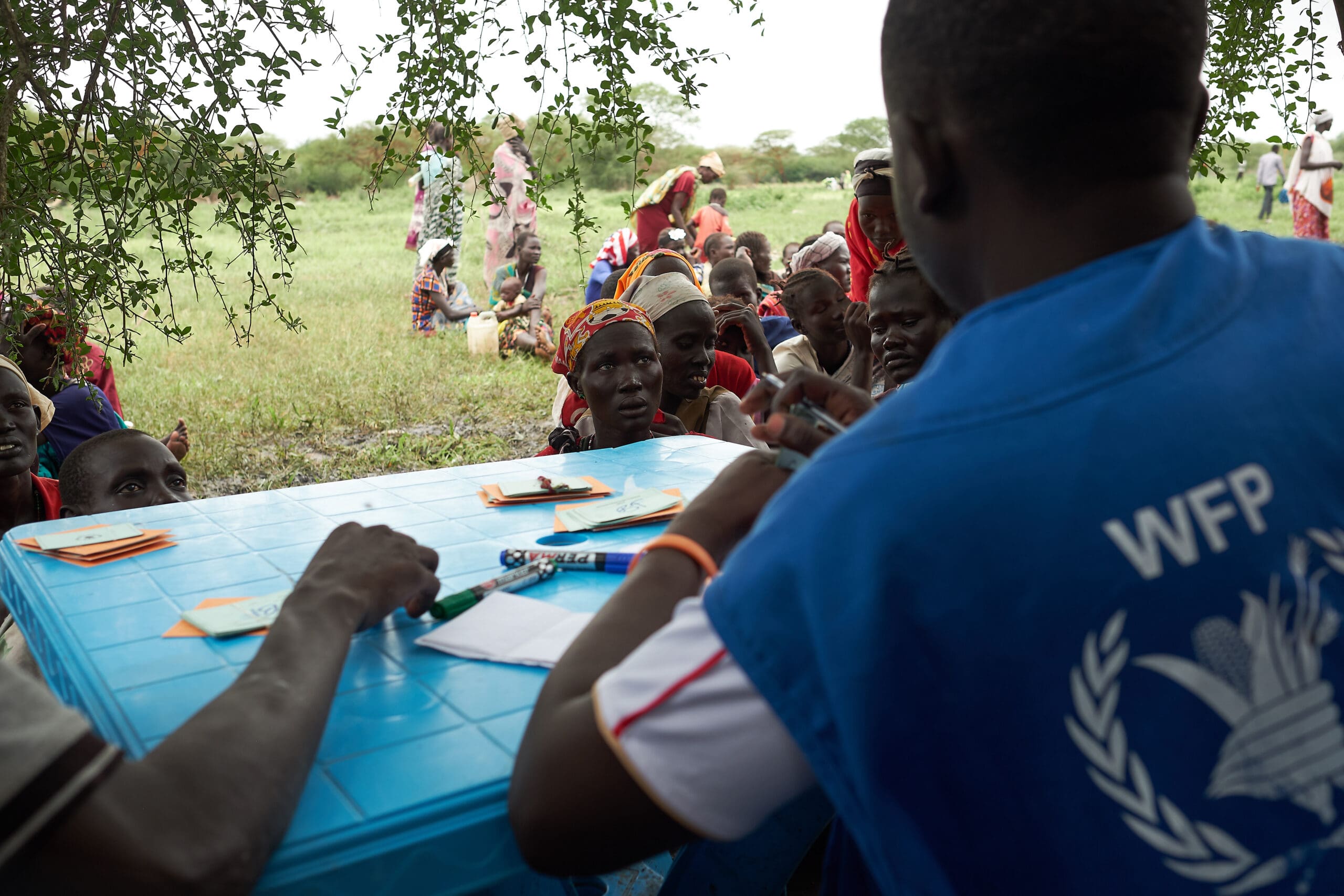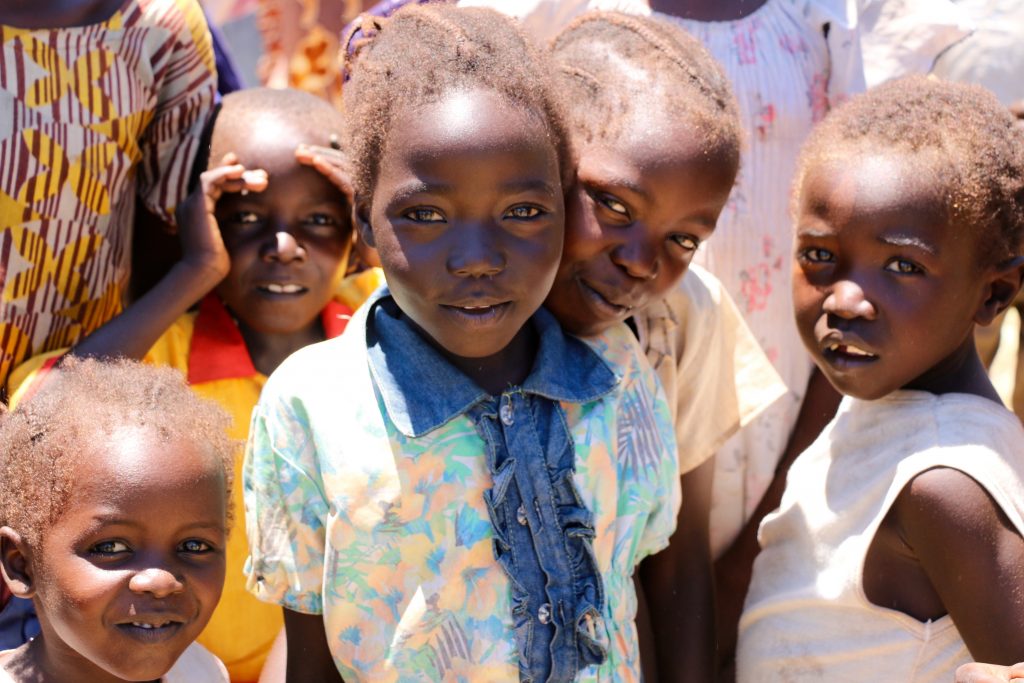What You Need To Know: Preventing Famine in South Sudan

Right now an estimated 5.1 million people—almost half of South Sudan’s population—are facing severe food insecurity, which means families don’t know where or how to find their next meal without humanitarian support.
Ongoing violence has prevented many of the country’s farmers from tending their fields this harvest season, causing food stocks to plummet and prices to rise. As a result, the coming hunger season—the period between harvests when vulnerable households run out of food—is projected to start even earlier than usual this year.
See the latest updates on the crisis in South Sudan.

A WFP Field Monitor conducts registration for families in need of emergency food assistance in Buot village, South Sudan.
What’s Happening in South Sudan
- Since 2013, conflict in South Sudan has claimed thousands of lives and driven an estimated 3.3 million people from their homes. More than 2.4 million have fled to neighboring countries like Uganda while an additional 1.9 million people remain displaced within their own country.
- Thanks to an enormous humanitarian response, WFP and its partners managed to prevent and reverse famine conditions in pockets of the country last year. But recent funding shortfalls and sustained fighting means many families are teetering on the brink of starvation. An estimated 20,000 people in former Unity and Jonglei states are experiencing catastrophic conditions—and face the possibility of famine if humanitarian assistance is not continued.
- South Sudan remains one of WFP’s toughest working environments. There are few paved roads outside of the capital of Juba, which means delivering food by truck during the annual rainy season is almost impossible. Ongoing violence has also hampered aid workers’ efforts in reaching those in need.
- WFP currently has seven active “Rapid Response Teams” deployed across Bilkey, Nyandit, Kurwai, Jaibor, Chuil, Buot and Ulang. Since their launch, these teams have conducted more than 400 missions in deep-field locations across South Sudan. Thanks to these joint emergency teams, WFP reaches 500,000 people each month in dangerous or hard-to-reach areas that are only accessible by air. As part of the these efforts, WFP plans to conduct airdrops in hard-to-reach locations and has deployed dropzone coordinators to the towns of Kurwai, Jaibor and Buot.
- WFP isn’t just delivering lifesaving food assistance. As the head of the U.N. Logistics Cluster, the agency is also responsible for transporting staff and other supplies, including medicine and shelter, on behalf of the international humanitarian community. So far this month, WFP has transported 717 aid workers and more than 23,000 pounds of cargo to 41 destinations across South Sudan through the U.N. Humanitarian Air Service. The agency also just carried out a 20-truck convoy from its main warehouse in Juba to several “Protection of Civilian” sites where displaced families have sought shelter from the fighting.

WFP/Lara Atanasijevic Children gather at a WFP food and nutrition distribution site in Mboro, South Sudan.
WFP is committed to saving lives in South Sudan. The agency will continue do whatever it takes—from using airdrops and canoes to deliver food to providing emergency school meals and logistics support for humanitarian partners on the ground—to prevent famine before it’s too late.
Learn how WFP is fighting famine in the worst-affected countries around the world.




